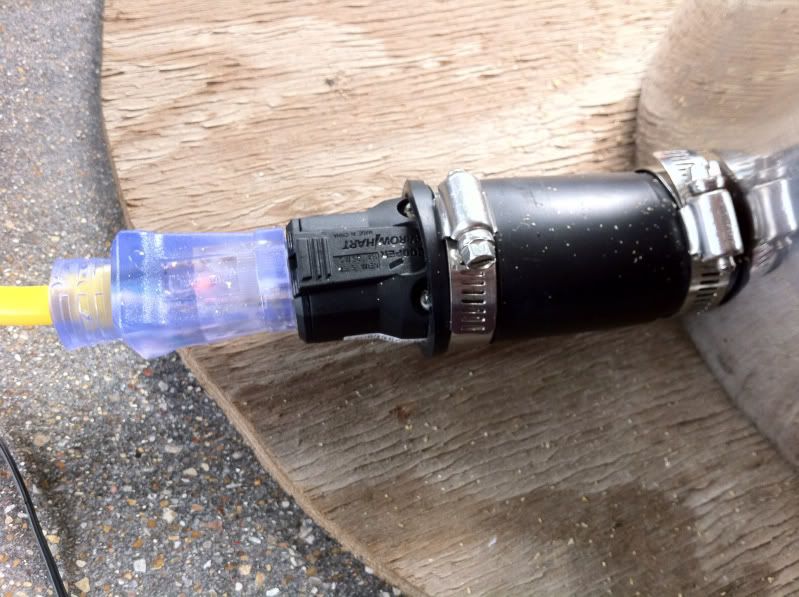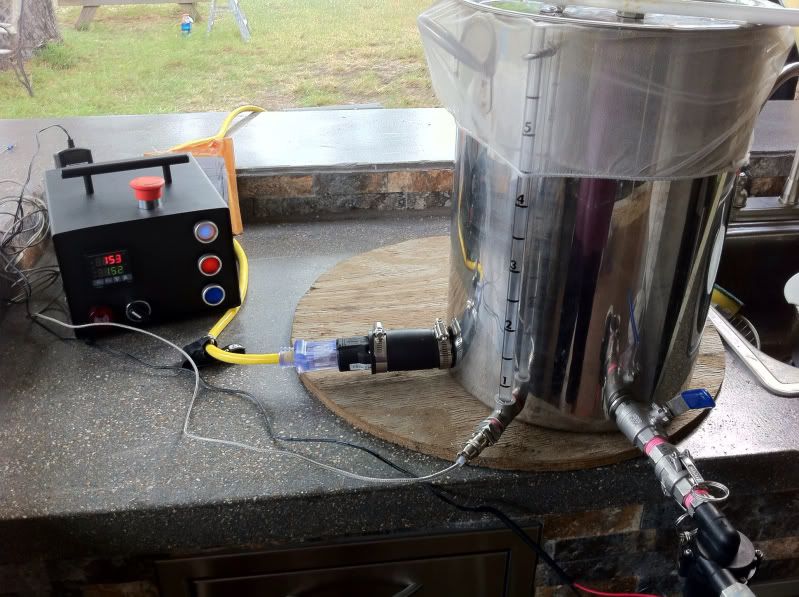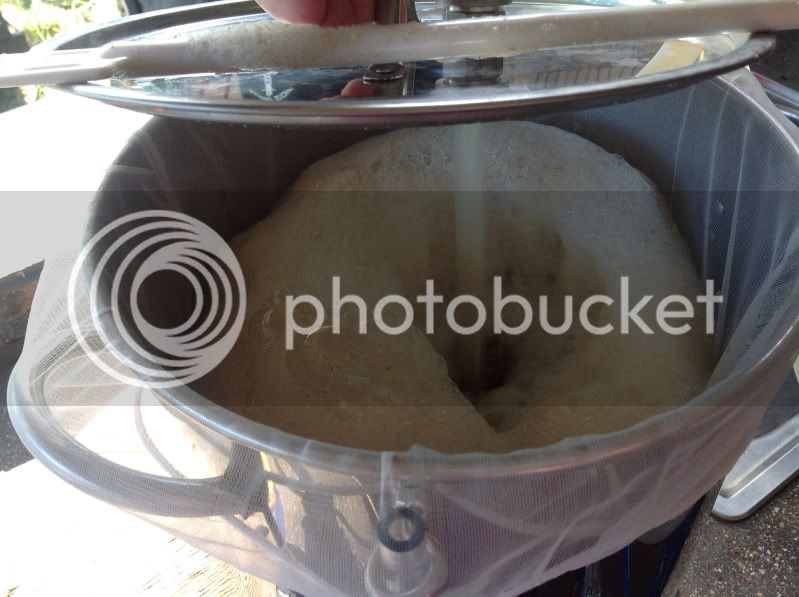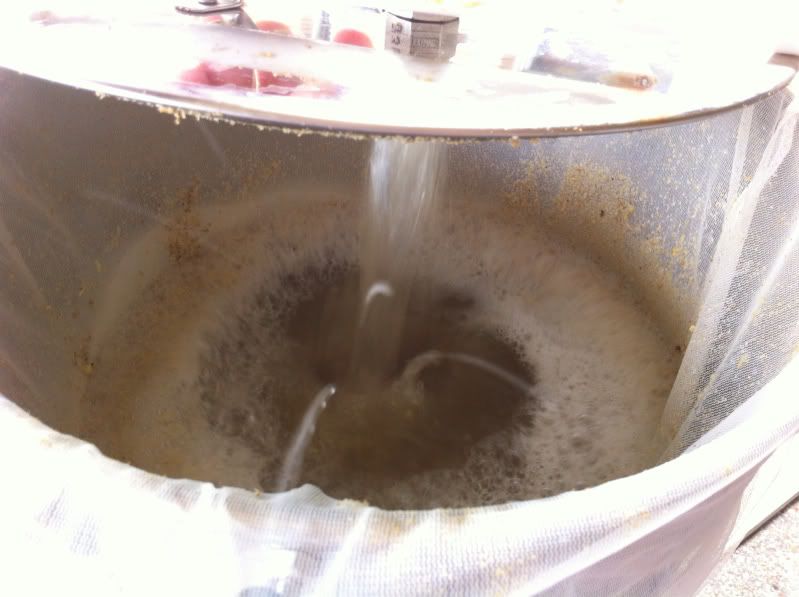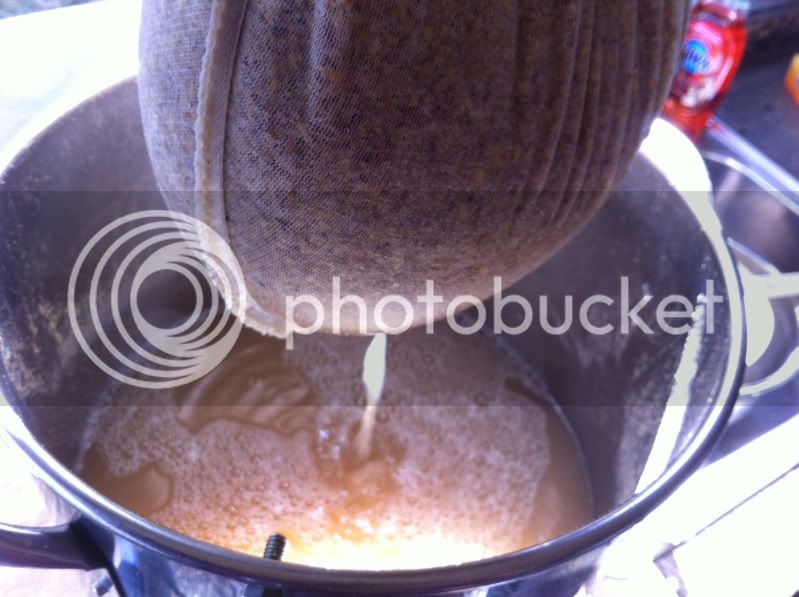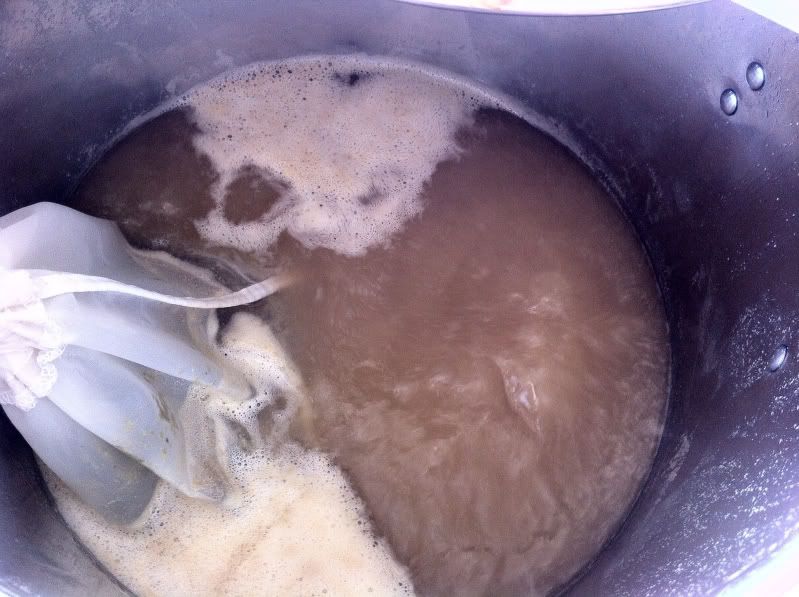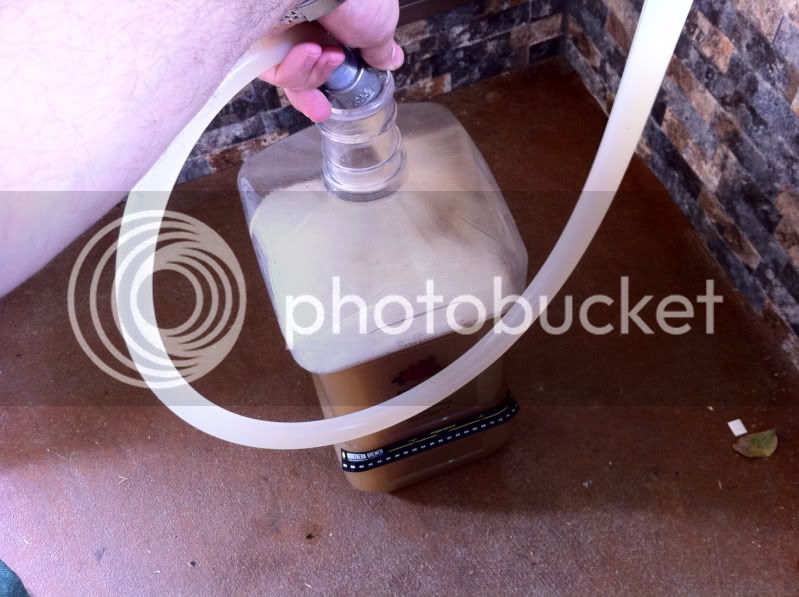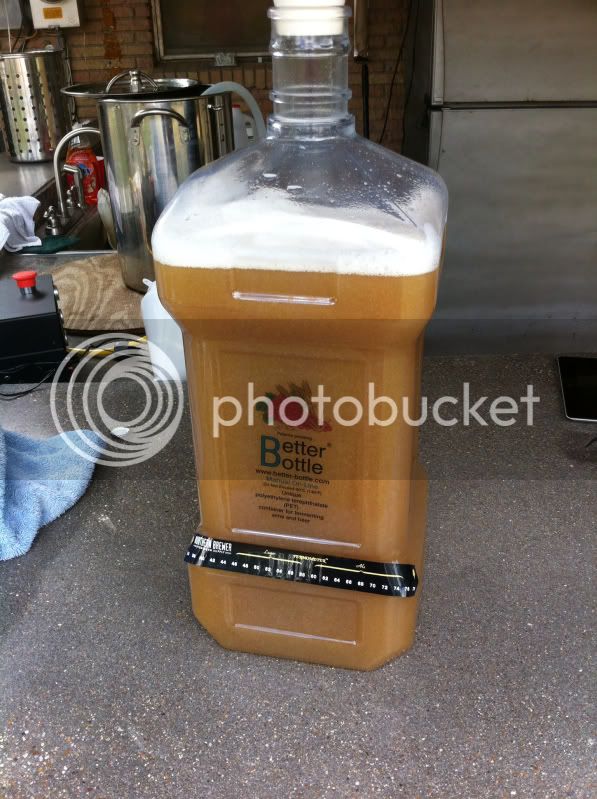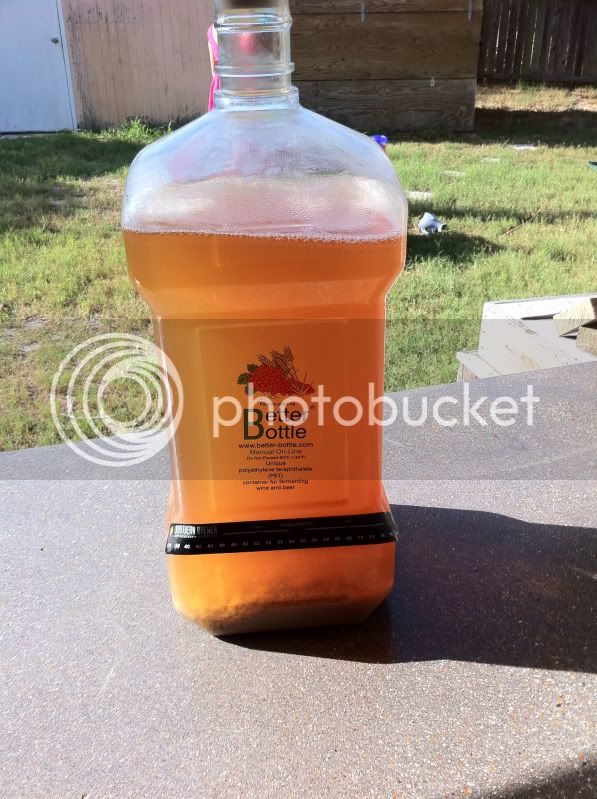ddahl84
Well-Known Member
jbnla said:I apologize if I have missed it. The many panel pictures are hard to distinguish the wire sizes. I have not seen any mention of the wire sizes used in the many panel builds. P-J indicated that only the wire to the element outlet and the contact and I assume the SSR # 1 & 2 need to be 12 gauge and the pump outlet wire 14 gauge. Am I correct in that assumption ?
Also the remaining wire to the rest of the switches can be what smaller gauge ? All 22 as Kal indicates or do most of you use larger sizes than his . I would appreciate any help before I get to wiring.
Wire size depends on the amps that will be flowing through it. If your setup is being powered buy a 20a circuit then all wires that will be drawing that(contactor, element, ssr) should be 12g wire. The wires going to the pid and pump can be smaller 14g. For example my setup uses 30a so the ssr to contactor to element run 10g, 14g to the pid and pump with a 1a and 10a fuse used. I think using 22g is only for connecting the pid to the ssr but not necessary. I would stick with 12g for 20a and 14g for everything else. IMO
Hope this helps. Keep asking questions for anything your unsure of.





